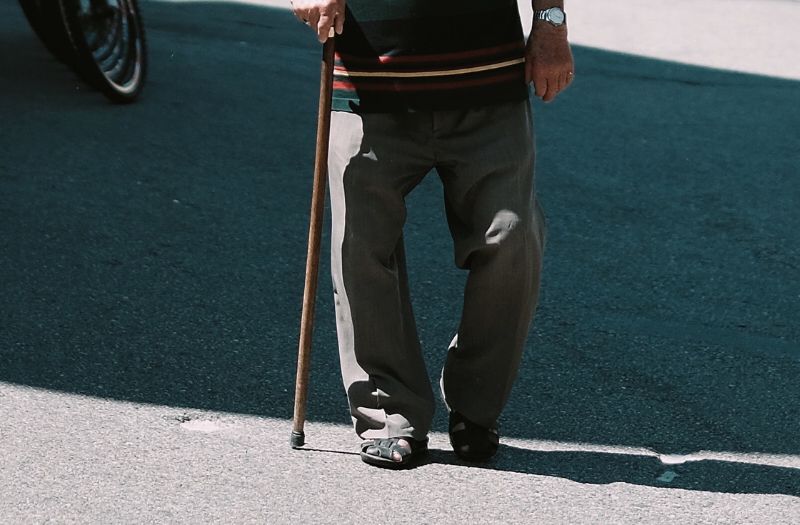Parkinson's disease is a progressive neurodegenerative disorder that produces tremor, and stiffness or postural instability, among other symptoms. There is no cure, but there are treatments to control the symptoms. In this article, we tell you what they are.
Parkinson's is the second most common neurodegenerative disease and is characterized by the loss of dopaminergic neurons, responsible for producing dopamine in the brain. In most cases, it begins in the later adult years. The average age of diagnosis is between 55 and 60 years. It is progressive, so the symptoms are usually quite mild at the beginning.
As of today, its cause is unknown, although three risk factors -- age, genetics (in 15-25% of cases), and environmental factors -- are considered to be related to development of the disease. Environmental factors include drinking well water over the years and exposure to pesticides and herbicides.
Before we talk about the types of treatment for Parkinson's, let's review the symptoms of the disease, and how the diagnosis is made.
Symptoms of Parkinson’s Disease
One of the primary and probably best known symptoms is tremor, especially in the hands. It can appear while the hands are at rest and it can vary in intensity. Other symptoms of Parkinson's include the following:
- Slowness or difficulty of movements (bradykinesia).
- Muscle stiffness. This limits the range of motion and can be painful.
- Changes to posture. The sufferer tends to be hunched over.
- Difficulty walking. The steps are shorter and, due to the change in posture, balance can be impaired when walking.
- Reduction or loss of automatic movements such as blinking, or swinging the arms when walking.
- Speech disorders. The tone of voice may be affected or speech may be hesitant.
- Changes when writing. Writing may become difficult, and handwriting may be altered.
- Impaired reflexes. Frequent falls may occur.
- Urinary urgency or incontinence
- Depression or apathy, insomnia and nightmares
- Dizziness when getting up after lying down or sitting
- Cognitive decline.

Diagnosis of Parkinson's disease
There is no specific test for diagnosing Parkinson's disease. It is diagnosed based on the patient's medical history and a neurological examination.
Usually, this is complemented with a blood test and an MRI or PET scan with F-dopa. The latter, although not conclusive without the above, supports the diagnosis.
In addition to this, when it is suspected that a patient may be suffering from Parkinson’s, the doctor may prescribe levodopa, a Parkinson's medication. If there is an improvement in symptoms, this can help, again, to reinforce the diagnosis.
What options are there for treating Parkinson's?
There are different types of treatment for Parkinson's disease. Conventional treatment consists of taking medications that try to compensate for the nigroestriatal dopaminergic deficit and, in this way, control the symptoms.
Unfortunately, medication does not control the clinical manifestations of the disease indefinitely. It is estimated that at least 50% of patients with this type of treatment suffer significant complications (mobility, mental alterations, language disorders, etc.).
In those cases when medication is not enough, there is the complementary option of surgery. Although surgery cannot eliminate the disease, it reduces tremors, provides improvements in movement and decreases stiffness considerably. Also, in certain cases, it can mean that medication, which may be causing side effects, can be reduced. In this way, it is possible to significantly improve the quality of life of patients with Parkinson's.
There are two types of surgical procedure used to treat Parkinson’s:
- Ablative surgery: in which a controlled lesion is performed on a small section of the brain. It can be performed by radiofrequency, by ionizing radiation or by administering high doses of ultrasonic energy using focused ultrasound.
- Deep brain stimulation surgery: this is the most commonly used technique today. As the name suggests, high-frequency stimulation is applied to a small area of the brain. Electrical impulses change the abnormally overactive, symptom-causing part of the brain.
You can find more information about Parkinson’s surgery here
If you need personalized attention or have any questions about the treatment of the disease, at Instituto Clavel we are ready to help you. Contact us!
Categories: Prevention, Brain treatments, Brain pathologies
